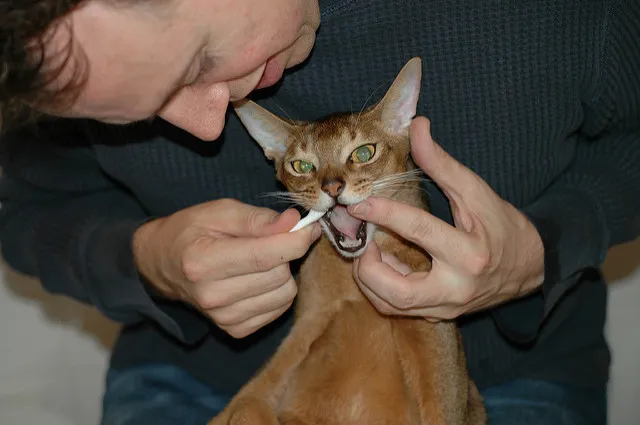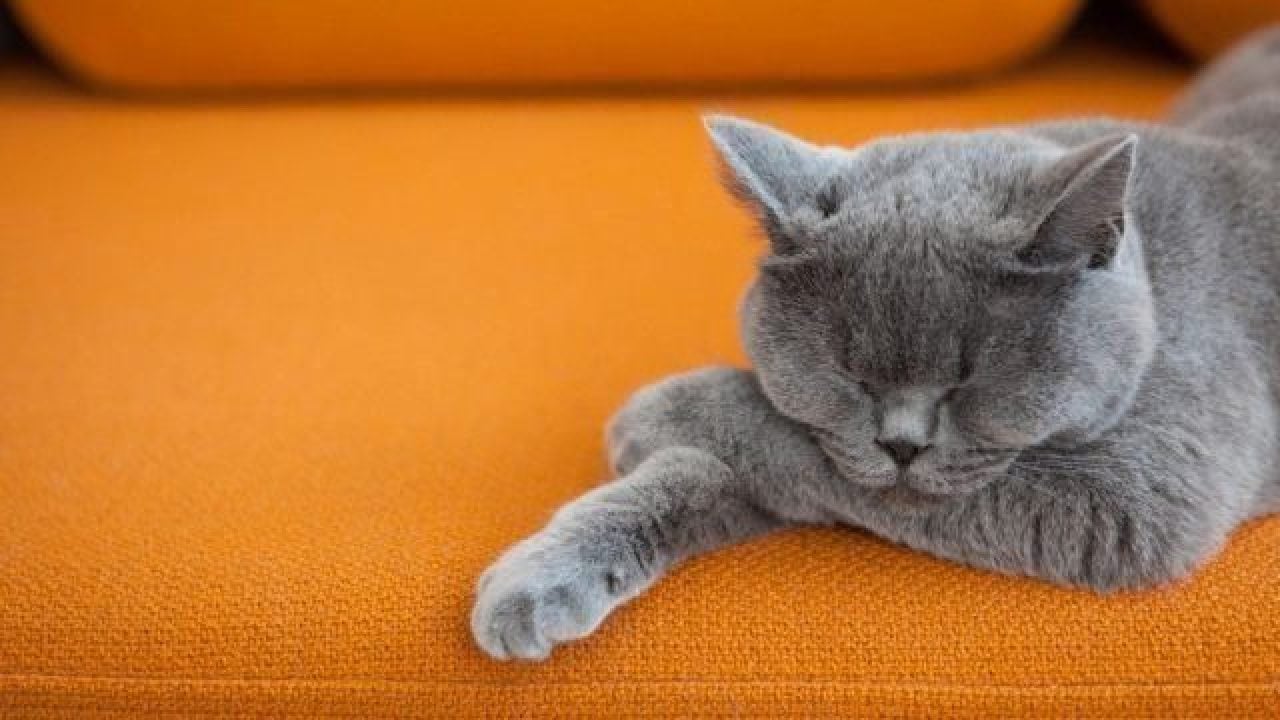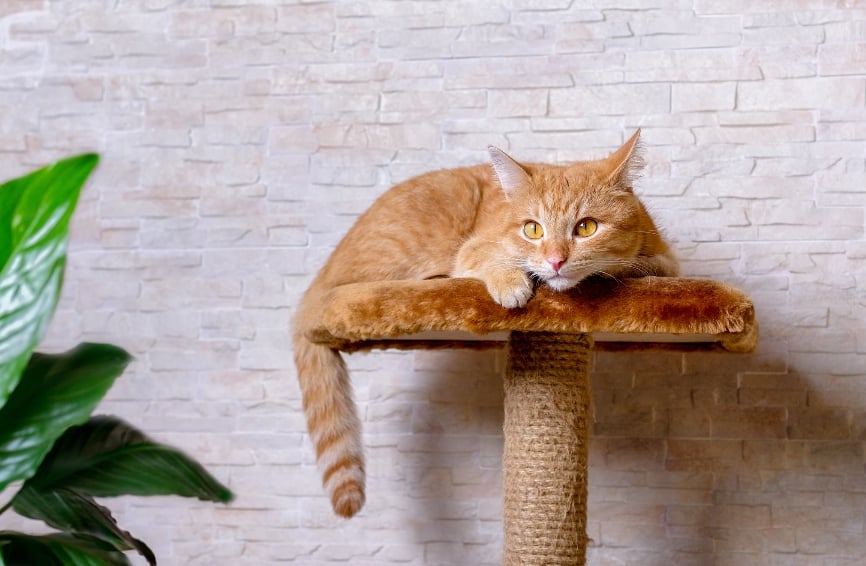Table of Contents
Key Takeaways
- Cats produce saliva to prevent dryness, moisten food, and as an antibacterial agent.
- Hypersalivation can be caused by neurological dysfunction.
- Cats may drool more due to poor dental health or accidental poisoning.
- A tooth extraction, surgery, or chemotherapy may be recommended for treatment.
- Regular teeth brushing can help prevent excess drooling in cats.
A cat’s mouth – and a human’s – is constantly producing saliva to prevent dryness as well as moisten food. Saliva also contains an antibacterial agent that helps keep kitty clean and heals wounds faster. Even perfectly healthy senior cats commonly drool, and some felines are dribblers from birth. “It seems that a small but significant percentage of cats drool in response to positive stimulation, which is typically also accompanied by purring, rolling over submissively or rubbing their faces against the objects of their adoration,” says Dr. Patty Khuly. “Most of these cats will be lifelong ‘happy droolers.'”
However, there are serious health conditions that may result in your cat drooling:
- Ptyalism, also known as hypersalivation, can be caused by neurological dysfunction.
- Motion sickness in cats involves the nervous system; cats traveling by car commonly drool, even if they are sedated.
- Diseases like rabies, encephalopathy, and brain cancer can trigger drooling, in addition to trauma or other conditions affecting the facial or esophageal nerves.
- Tumors, inflammation or trauma affecting the salivary gland result in a cat drooling.
- Poor dental health is the most common cause of drooling in cats. Periodontal disease, gingivitis, or an abscessed tooth cause considerable pain and hypersalivation in pets.
- Accidental poisoning in cats is the second most common cause of drooling, whether the toxin is a household chemical, human food, venomous creature, or plant.
Many medical conditions have similar symptoms and are easily confused, making a veterinarian’s professional diagnosis necessary. If you suspect your pet is ill or injured, you can always call a local vet clinic and explain the situation; most are more than happy to advise you of the situation’s seriousness.

If the drooling is caused by an underlying condition, other symptoms may be present. Cats with dental trauma or disease may also have bad breath, swollen gums, and loss of appetite. Tumors often present with varied symptoms depending on their location, but sudden weight loss, visible lumps, or excessive meowing due to pain are general signs of cancer in cats.
If your pet has been poisoned – depending on the substance – it should be treated as a medical emergency! Vomiting and diarrhea may occur, depending on the toxin. Common cat poisons include lilies, antifreeze, marijuana, raisins, and alcohol. Many human foods and indoor plants aren’t safe for felines, so always consult your vet or the Pet Poison Hotline‘s handy guide.
Treatment
Depending on the cause of your cat’s drooling, treatment could be as simple as a tooth extraction or as complex as surgery and chemotherapy for cancerous tumors. Often a dental cleaning is needed to remove the buildup of plaque and tartar on a pet’s teeth, a procedure that requires anesthesia and is excluded from most pet insurance coverage.
Emergency treatment for a poisoned pet involves purging the toxin from their system, typically through a combination of induced vomiting, charcoal, or intravenous fluids. Lilies, for example, are extremely harmful to a cat’s kidneys; an IV drip is necessary to flush out the toxin, while overnight monitoring ensures the danger has passed. This rehydration is also essential for pets who have vomited or suffered from diarrhea.
Prevention

Brushing your cat’s teeth can prevent plaque and tartar formation, as well as painful gingivitis. Abscessed teeth can also result from a combination of too many treats and too little brushing. Try a fish- or chicken-flavored toothpaste, along with a small fingertip toothbrush for cats! Start by acclimating your pet to being held and having the brush rubbed across their gums, and gradually progress to thorough brushing. For cats averse to toothbrushing, ask your vet about other home dental care options. Keeping your cat’s teeth clean and healthy is the most effective way to prevent excess drooling.
If your cat has been given a clean bill of health but is still drooling, your only solution may be a good ol’ fashioned towel on the lap. Eating may be difficult for cats suffering from periodontal disease, so consult your vet to see if special food or nutritional supplements are needed. Wet food is often easier for toothless or elderly cats, as it requires less saliva to moisten and eat.
Like anything and everything to do with felines, determining why a cat is drooling can be a complicated process. There are many illnesses and injuries that can cause drooling, so it’s best to consult a veterinarian for a definitive diagnosis. Sometimes the behavior may be entirely benign, but better safe than sorry!
Adult cats should visit the vet once yearly, a senior cat should visit the vet every six months, and kittens should visit the vet according to their vaccination schedule. Paying attention to your pet for any sudden changes in behavior, like drooling, is important; careful observation may allow you to detect a serious condition early, improving the likelihood of successful treatment.









